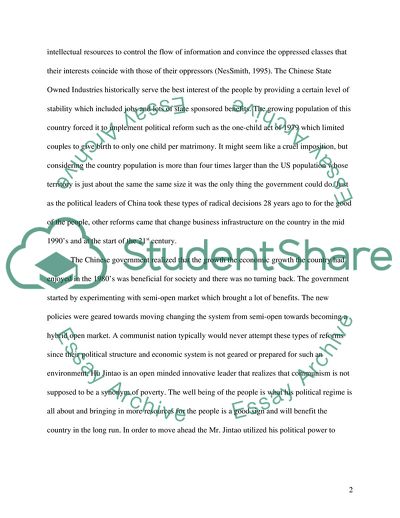Cite this document
(China State Owned Enterprises Case Study Example | Topics and Well Written Essays - 2000 words, n.d.)
China State Owned Enterprises Case Study Example | Topics and Well Written Essays - 2000 words. Retrieved from https://studentshare.org/macro-microeconomics/1709004-what-is-the-current-strategy-for-solving-the-probelms-of-chinas-state-owned-industries
China State Owned Enterprises Case Study Example | Topics and Well Written Essays - 2000 words. Retrieved from https://studentshare.org/macro-microeconomics/1709004-what-is-the-current-strategy-for-solving-the-probelms-of-chinas-state-owned-industries
(China State Owned Enterprises Case Study Example | Topics and Well Written Essays - 2000 Words)
China State Owned Enterprises Case Study Example | Topics and Well Written Essays - 2000 Words. https://studentshare.org/macro-microeconomics/1709004-what-is-the-current-strategy-for-solving-the-probelms-of-chinas-state-owned-industries.
China State Owned Enterprises Case Study Example | Topics and Well Written Essays - 2000 Words. https://studentshare.org/macro-microeconomics/1709004-what-is-the-current-strategy-for-solving-the-probelms-of-chinas-state-owned-industries.
“China State Owned Enterprises Case Study Example | Topics and Well Written Essays - 2000 Words”. https://studentshare.org/macro-microeconomics/1709004-what-is-the-current-strategy-for-solving-the-probelms-of-chinas-state-owned-industries.


